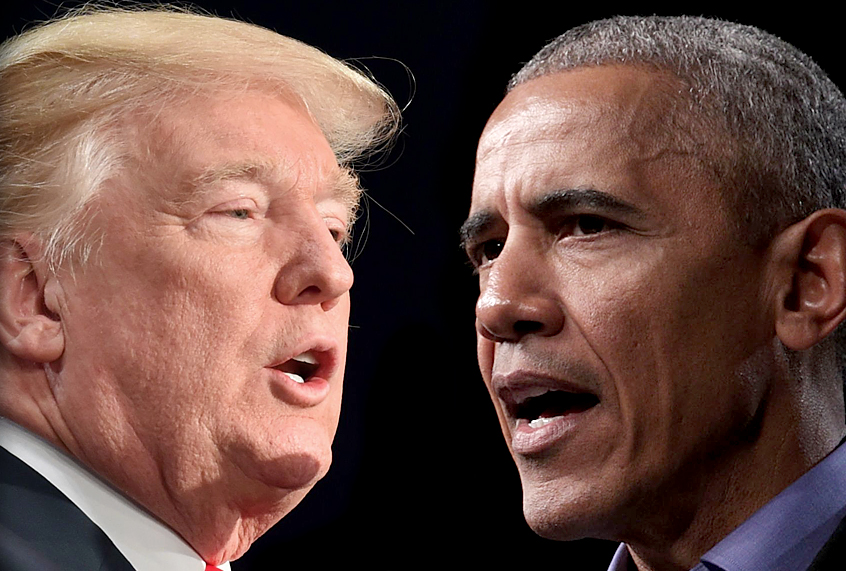Editor’s note: This article was originally published by the Niskanen Center. Used by permission.
Secretary of Homeland Security Kirstjen Nielsen took a fair amount of flak at a Senate Homeland Security and Governmental Affairs Committee (HSGAC) hearing earlier this month from Sen. Kamala Harris, D-Calif., over the administration’s policy of separating children from their parents at the border. While Nielsen defended the policy as lawful, Harris attacked it for being unsafe and exploitative.
In part, they are both right. There has always been a policy of separating children from parents at the border when the adults are facing criminal charges but — and it’s a big caveat — the current administration is manipulating the policy to deter migration.
To be perfectly clear, the U.S. has had a long-standing policy of family separation when the parents face a criminal charge, like illegal entry. What changed was the enactment of the “zero tolerance” policy that requires all parents who cross illegally be put in criminal proceedings, rather than the more expedient civil removal proceedings. It removes the choice of law enforcement — otherwise known as prosecutorial discretion, used by both Presidents Bush and Obama — and requires law enforcement to charge parents with illegal entry even if they claim legal asylum.
When an individual is criminally charged with illegally crossing the border, any accompanying children are placed in the custody of the Department of Health and Human Services (HHS) and Office of Refugee Resettlement (ORR). This policy was initially put in place to make sure that human traffickers would not maintain custody of children they might be smuggling.
The administration has effectively removed discretion from federal law enforcement officials, prosecutors and immigration judges who previously considered legitimate factors to determine whether a family should be placed in criminal or civil removal proceedings, and whether a child ought to be removed from the custody of a parent — even for people who are trying to follow the legal process. The administration’s policy is antithetical to the purpose of the Flores settlement and our anti-trafficking laws meant to protect children.
Anecdotes about an uptick in family separations began after President Trump was inaugurated, but have gained momentum in recent months, particularly in light of the caravans of asylum seekers arriving at the border. Whereas placing children with HHS/ORR was previously an option, it now looks like the default choice.
Also alarming is that these separations are done without any hearing or notice. In a recent case documented by the American Civil Liberties Union (ACLU), a mother and daughter from the Congo presented themselves at the border and passed their initial “credible fear” interview. They were detained together for four days when without notice the six-year-old child was taken from her mother — screaming, crying and pleading — and placed alone in a detention facility across the country for four months, during which time she spoke to her mother only six times on the phone. Without a hearing, it is impossible to accurately assess what is in the best interests of a child crossing with a family member, or whether the government has a legitimate interest in separating a child from a parent. Without notice, it is impossible to try to explain to a child what is happening to reduce additional trauma or to contact relatives who may be able to take custody of the child as an alternative to placement in HHS custody.
A dangerous problem with HHS/ORR custody is that it is not a safe place for children. Shockingly, a 2016 HSGAC report found that HHS inadvertently placed children in the custody of human traffickers more than a dozen times, some of those times involving traffickers who kept the children as slave laborers. The scope of the entire problem is hard to quantify, because, as the report notes, no one really keeps track of the children placed in custody, consistently vets the sponsors with whom they are placed (including approving sponsors who can and do easily leave the country), or follows up with children post-release. However, according to Nielsen’s testimony, the departments are working to rectify this oversight.
Relatedly, there is evidence that suggests that separating children — particularly children under four years of age — is extraordinarily traumatic for the child and can cause irreparable harm, according to the American Academy of Pediatrics.
Even if you are not moved by the gross incompetence of the federal government to protect children in their custody, everyone should recognize that this is a violation of the rule of law and does nothing to enforce border security. It’s also a drain on valuable judicial resources.
Enforcing the rule of law and treating our fellow man humanely are not mutually exclusive goals unless we allow children to become political pawns. Remember, most of the families crossing the border are doing so out of desperation — they are not violent criminals. They face unimaginable atrocities in their home countries. We remove individuals unlawfully present in America; inflicting additional trauma is absurdly cruel and wildly ineffective.

